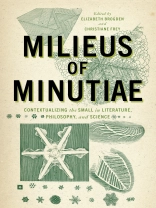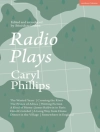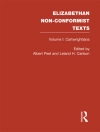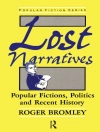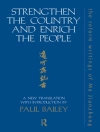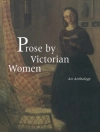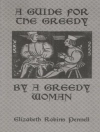The long history of tiny matter(s) in the sciences, thought, and culture
From catastrophic weather and steady warming caused by the accumulation of carbon particles in the Earth’s atmosphere to societies brought to a standstill by microscopic viruses, the new millennium has reminded us of how the minutest of phenomena can have outsized effects. This notion is one that has preoccupied the European and Anglo-American cultural imaginary since at least early modernity.
Milieus of Minutiae brings together an interdisciplinary group of scholars to investigate various forms and appearances of minutiae prior to and beyond the advent of magnification. The collection illuminates connections between the empirical practices and technologies with which minutiae have come to be associated and the broader, more diffuse discourses—from the philosophical to the artistic—that have attended theories of smallness before and after Hooke’s
Micrographia. Placing essays on Renaissance poetry, Romantic fiction, and matters of punctuation alongside essays on early modern germ theory and the optics of microscopic technology, this rigorously framed volume extends from sixteenth-century pathology to twentieth-century architectural theory, natural science to literature and art.
About the author
Elizabeth Brogden is a writer and editor based in Cambridge, Massachusetts.
Christiane Frey is Associate Professor of German Studies, codirector of the Max Kade Center at Johns Hopkins University, and the author of
Moodiness from Montaigne to Tieck and
Secularization.
